“Watchmen” is a groundbreaking graphic novel that transcends the boundaries of the comic book medium. Created by writer Alan Moore, artist Dave Gibbons, and colorist John Higgins, “Watchmen” was first published as a twelve-issue limited series by DC Comics in 1986 and 1987. This iconic work of sequential art is celebrated for its complex characters, intricate plot, and its thought-provoking exploration of the human condition. “Watchmen” has left an indelible mark on the comic book industry and continues to influence contemporary culture, literature, and cinema.
Deconstructing the Superhero Genre
At its core, “Watchmen” serves as a deconstruction of the traditional superhero genre. The story takes place in an alternate reality, where masked vigilantes were once celebrated but have since been outlawed. The narrative unfolds against the backdrop of the Cold War and explores the personal and psychological struggles of its costumed characters. Moore and Gibbons delve into the moral ambiguities and psychological complexities of superheroes, rendering them as flawed and vulnerable individuals.
The central question of “Watchmen” is whether the world is better with or without superheroes. This fundamental question is explored through the various vigilantes, each with their own perspective and philosophy on crime-fighting. The novel doesn’t shy away from the darker aspects of its characters’ lives, presenting them with their shortcomings, struggles, and existential crises.
Character Depth and Complexity
“Watchmen” is celebrated for its multi-layered and deeply developed characters. Moore and Gibbons invest a great deal of time in crafting the backstories and motivations of their protagonists and antagonists. Characters like Rorschach, Dr. Manhattan, Silk Spectre, Nite Owl, and Ozymandias are all memorable and relatable, despite their unusual alter egos.
Rorschach, in particular, stands out as one of the most iconic and morally complex characters in comic book history. His unwavering commitment to justice, despite his brutal methods and questionable sanity, challenges traditional notions of heroism. Meanwhile, Dr. Manhattan grapples with existential dilemmas and questions of human morality, presenting readers with an intellectual examination of what it means to be a superhuman.
Social and Political Commentary
“Watchmen” is not only a character study but also a commentary on contemporary society and politics. Set in the midst of the Cold War, the story portrays the tension between the United States and the Soviet Union, with nuclear war looming as an ever-present threat. The story focuses on a group of retired superheroes who investigate the murder of one of their own and uncover a conspiracy that threatens to destroy the world1. The characters are complex, and the story line is mature, unlike anything previously seen in the superhero genre. The series deconstructs and satirizes the superhero concept while making political commentary. The novel reflects the anxieties and fears of the era, showing how power politics can have devastating consequences.
Furthermore, the story explores issues such as vigilantism, government surveillance, ethics, and individual freedom. “Watchmen” poses difficult ethical questions that force readers to grapple with the blurred lines between right and wrong, good and evil, and the consequences of taking justice into one’s own hands.
Narrative Innovation and Artistry
Dave Gibbons’ art in “Watchmen” is a testament to the creative possibilities of comic book storytelling. His meticulously crafted panel layouts, use of symbolism, and visual storytelling enhance the narrative in subtle and profound ways. The recurring smiley face symbol, which is shattered and splattered with blood on the novel’s cover, has become an iconic emblem of “Watchmen” and carries deep thematic significance.
The innovative storytelling techniques, such as the recurring motifs and non-linear narrative structure, make “Watchmen” a dense and thought-provoking read that rewards multiple readings. The inclusion of supplementary materials, such as excerpts from fictional books and documents, adds depth to the story’s world-building.
Legacy and Adaptations
The impact of “Watchmen” on the comic book industry is immeasurable. It inspired a new wave of graphic novels that explored mature themes and deconstructed traditional superhero narratives. Additionally, “Watchmen” has been adapted into various media, including a highly acclaimed 2009 film directed by Zack Snyder and an HBO television series in 2019, which acts as a sequel to the original graphic novel.
In conclusion, Watchmen is an iconic comic book series that has left an indelible mark on popular culture. Its mature themes, complex characters, and innovative storytelling have made it one of the most celebrated works in comics history. It is a literary masterpiece that has had a profound and lasting influence on both the comic book medium and popular culture as a whole. It challenges conventional notions of heroism, explores complex ethical questions, and offers a compelling commentary on society and politics. Through its intricate characters, narrative innovations, and thought-provoking themes, “Watchmen” stands as a testament to the artistic potential of comics and continues to captivate readers and creators alike. Alan Moore, Dave Gibbons, and John Higgins’ work will undoubtedly remain a defining moment in the history of graphic storytelling.

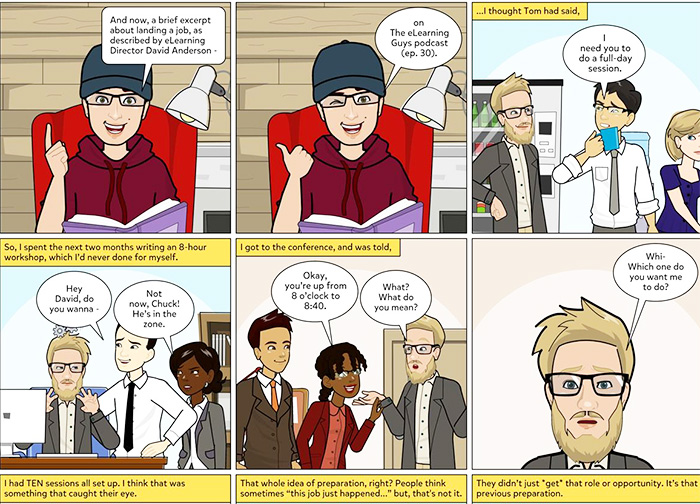
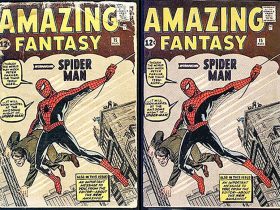
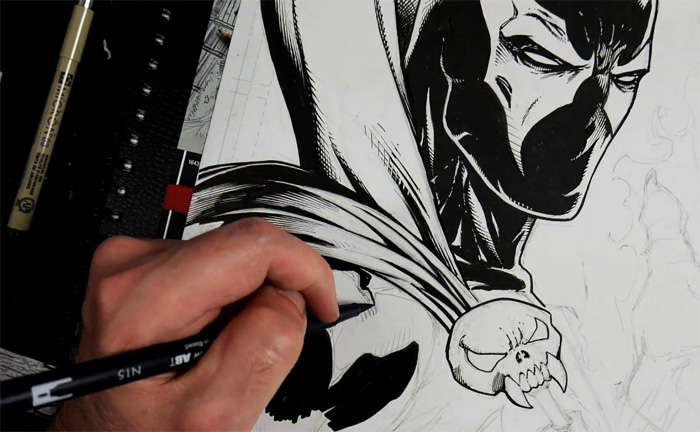
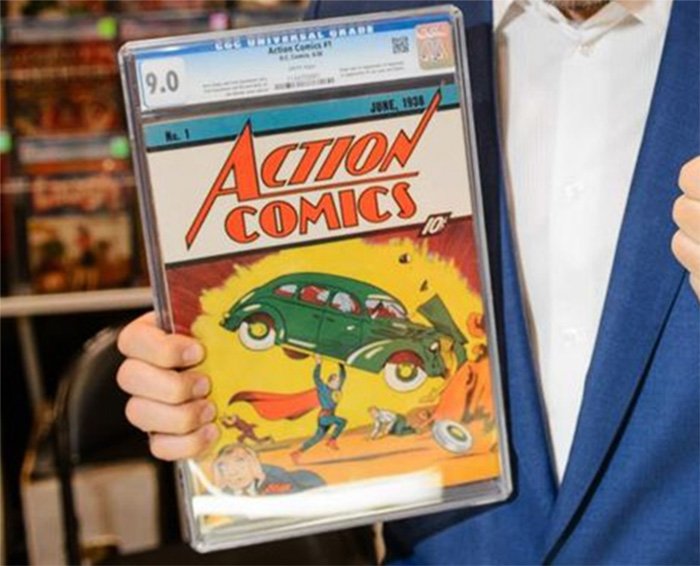
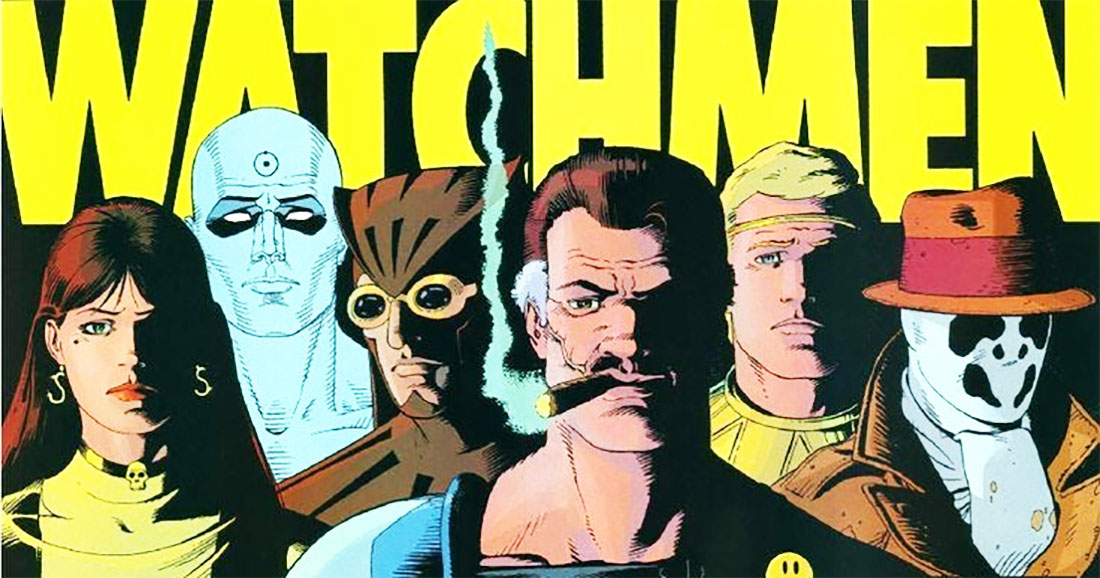
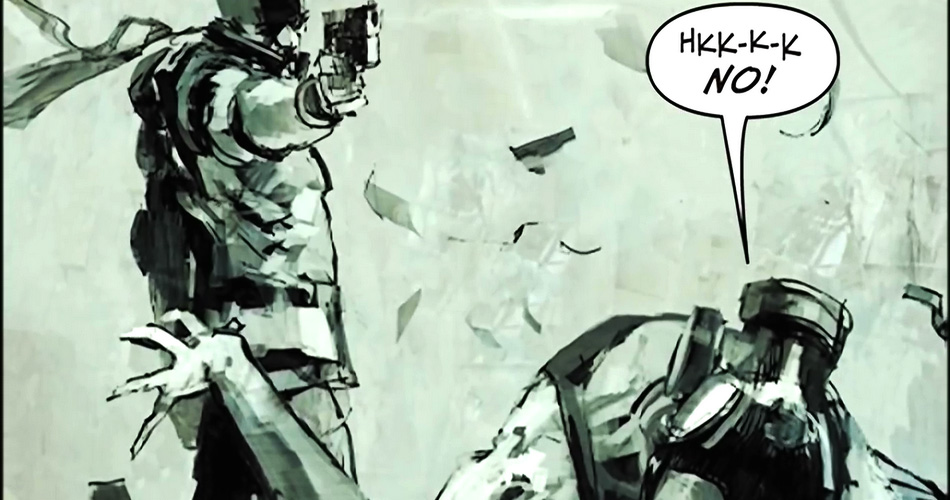

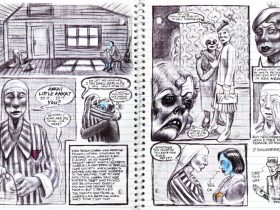
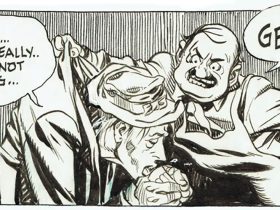
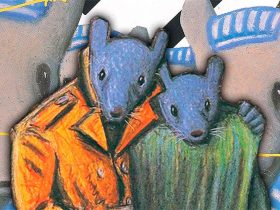
Leave a Reply